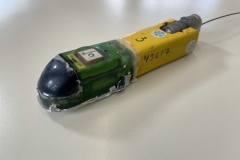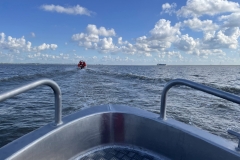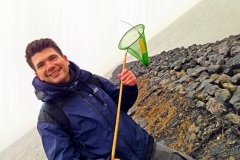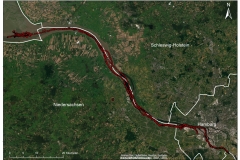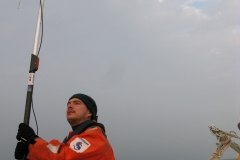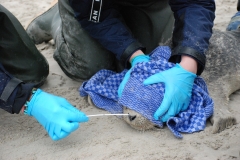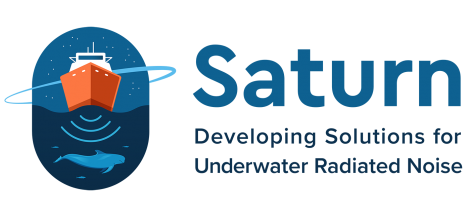
Did you know that seals are commonly found in the Elbe river?
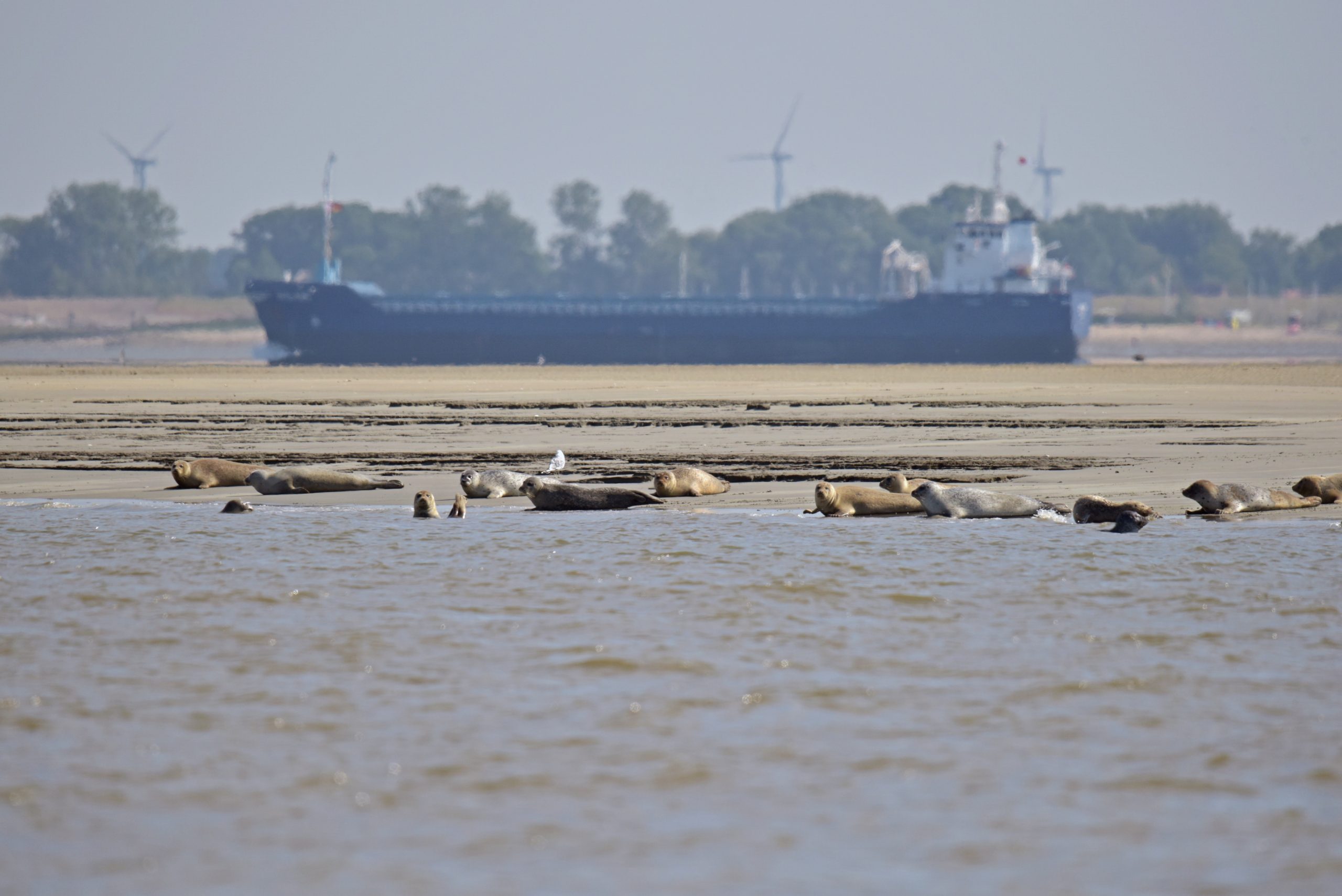
Did you know that seals are commonly found in the Elbe river? Research done by the SATURN team has discovered that their haul-out sites are located in the intertidal zone, close to the main waterway or in branches. This environment, however, is highly exposed to vessel traffic to & from the Port of Hamburg. State-of-the-art miniature sound and movement recording tags (D-TAGs) are an important tool for uncovering the baseline (undisturbed) behaviour of wild marine mammals and gaining a first understanding of responses to anthropogenic.
To gather field data on marine mammal behaviour and as a function of real-world exposure to underwater radiated noise (URN) from ships. They deployed D-TAGs on harbour seals for the first time in the world in this riverine and estuarine habitat. SATURN facilitates multidisciplinary investigations by veterinarians & biologists to study the effects of shipping noise.
While tagging, the health status of harbour seals is assessed by clinical investigations, supplemented with analysis of blood & swab samples. After a preprogrammed period (22 days), the tag detaches from the animal and is then recovered using the Argos satellite system to get an approximate position (within a radius of a few kilometres), followed by UHF tracking. The first recovered tag already reveals interesting results, showing that the seal remained within the Elbe river for all 22 days and visited Hamburg Port.
They are curious to see how this animal reacted towards the numerous vessels it likely encountered!



